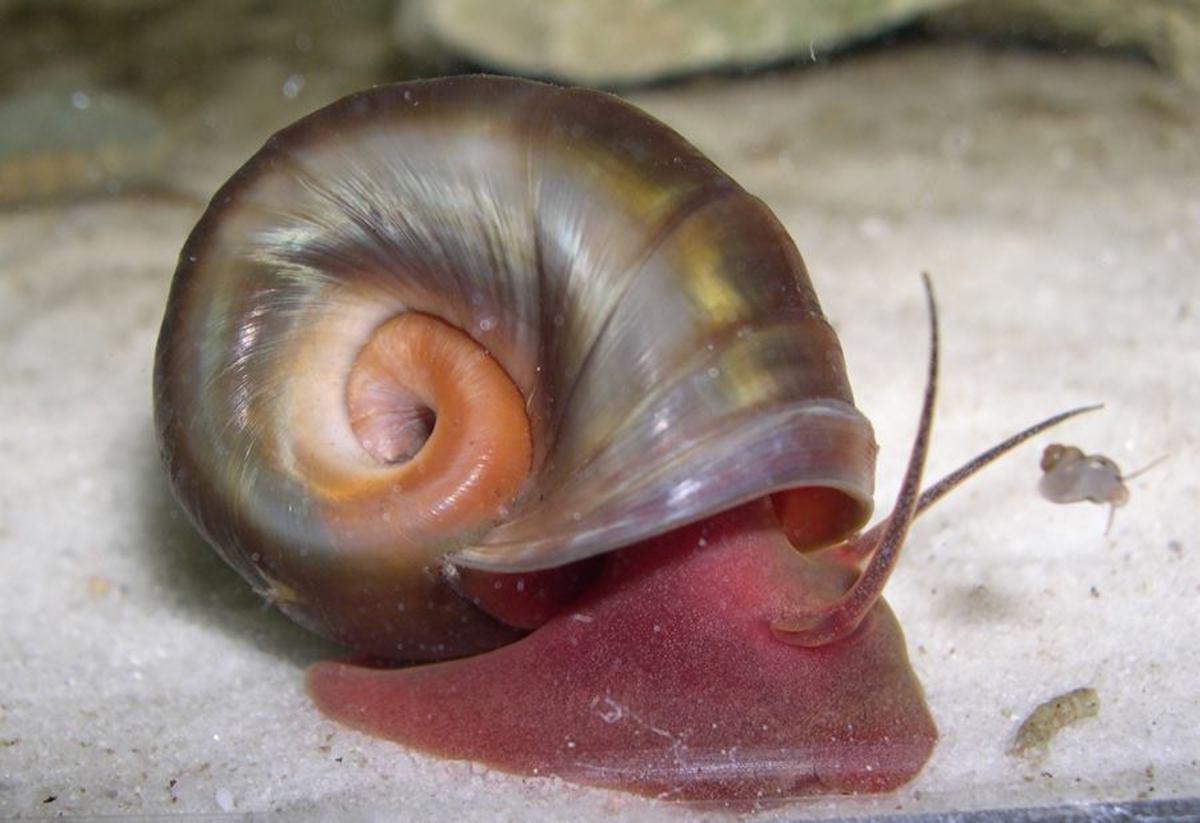Can snails swim? The question might conjure images of tiny, shelled submarines navigating the depths, but the reality is far more nuanced. The aquatic capabilities of snails are as diverse as the snails themselves, ranging from graceful ocean navigators to land-dwellers who should steer clear of deep puddles. Let’s dive in and explore the fascinating world of snail locomotion.
Sea Snails: The Ocean’s Graceful Gliders
[https://www.lolaapp.com/] Forget the slow crawl you associate with garden snails; some marine snails are surprisingly adept swimmers. These ocean-dwelling gastropods have evolved specialized adaptations that allow them to thrive in the underwater world. Sea butterflies (pteropods), for instance, have delicate, wing-like appendages called parapodia that propel them through the water, resembling miniature butterflies flitting through a coral reef. Other sea snails, like the sea elephants (heteropods), have a modified foot that functions like a fin, enabling them to navigate the ocean depths with surprising agility. This remarkable diversity in swimming styles among sea snails highlights the power of evolution to shape life in response to diverse environments. While further research is ongoing, it is believed these adaptations probably arose from the need to find food, escape predators, and locate mates in the vast ocean.
Land Snails: Strictly Dry Land
[https://www.lolaapp.com/] Contrary to their seafaring relatives, land snails are decidedly not swimmers. Their muscular foot, perfectly designed for creeping across terrestrial terrain, becomes a liability in water. Imagine a garden snail in a pond – it would be like trying to run a marathon in flippers. While land snails can seal their breathing holes and hold their breath for a surprisingly long time (some studies suggest up to a couple of hours), this is a survival mechanism for enduring brief submersion, not a swimming technique. It allows them to weather a rainstorm or a brief dip in a puddle, but won’t enable them to cross a lake or survive a flood. They are terrestrial creatures and deep water spells certain doom.
Freshwater Snails: Navigating the In-Between
[https://www.lolaapp.com/] Freshwater snails occupy a fascinating middle ground between land and sea. They don’t swim with the grace of sea snails, but they’re not entirely helpless in water either. Many species are masters of gliding along surfaces, using their muscular foot to creep across submerged rocks, plants, and even the underside of the water’s surface, exploiting surface tension like tiny, biological hovercraft. Some, like the ramshorn snail, even generate tiny ripples with their bodies, propelling themselves across the surface. This unusual locomotion technique is a subject of ongoing research – while it resembles swimming, some experts believe it is likely a highly specialized adaptation of their crawling behavior rather than true swimming. Interestingly, while adult freshwater snails may not be strong swimmers, many species have free-swimming larvae, a characteristic that suggests a more mobile ancestor. These larvae drift through the water, facilitating dispersal and colonization of new habitats.
Snail Eggs and Water: A Story of Dispersal
[https://www.lolaapp.com/] The relationship between snail eggs and water is another crucial piece of the puzzle. While the eggs themselves don’t swim, their ability to float and be carried by currents is vital for dispersal, especially for aquatic species. These tiny, buoyant capsules act like natural rafts, transporting the next generation to new environments.
The Evolutionary Tale Continues
[https://www.lolaapp.com/] So, can snails swim? The answer, as we’ve discovered, is complex and fascinating. While some sea snails are clearly adapted for a life of aquatic grace, others are firmly grounded on land. Freshwater snails, meanwhile, showcase a unique blend of adaptations, reflecting their intermediate environment. Scientists continue to investigate the nuances of snail locomotion, unraveling the evolutionary history that has shaped these remarkable creatures and their diverse approaches to navigating their world. Perhaps future research will reveal even more surprising details about their watery lives.
Have you ever wondered if animals can have Down syndrome? Delve into the fascinating genetics of the animal kingdom and uncover the surprising answer. Can animals have Down syndrome and learn more.












